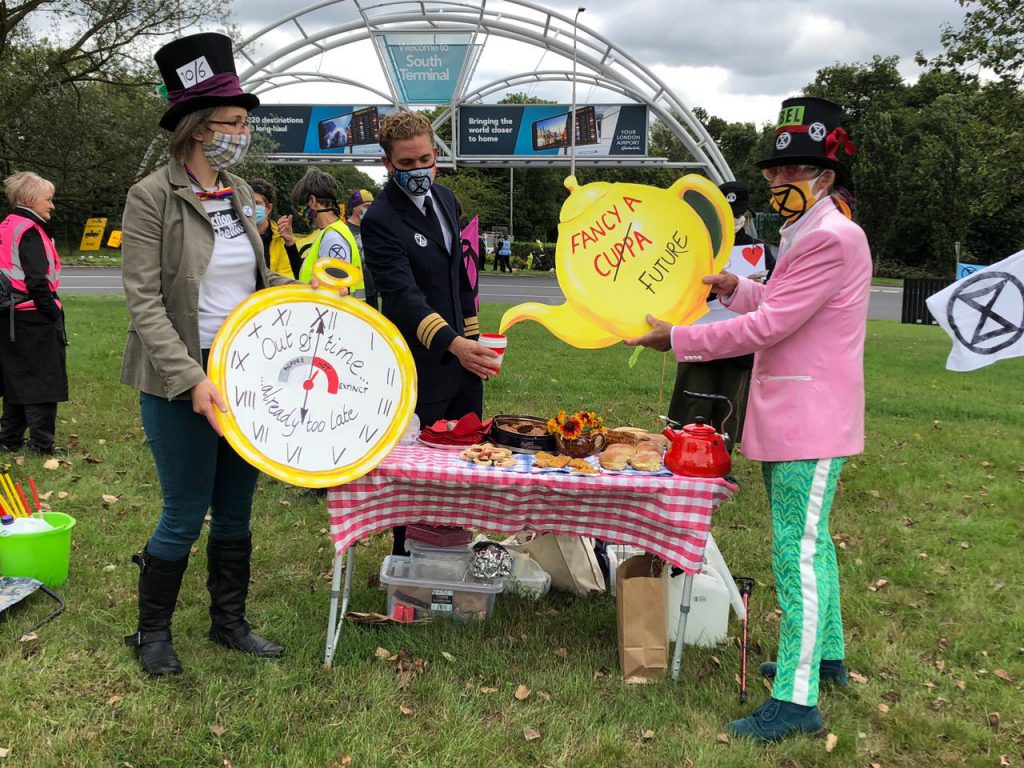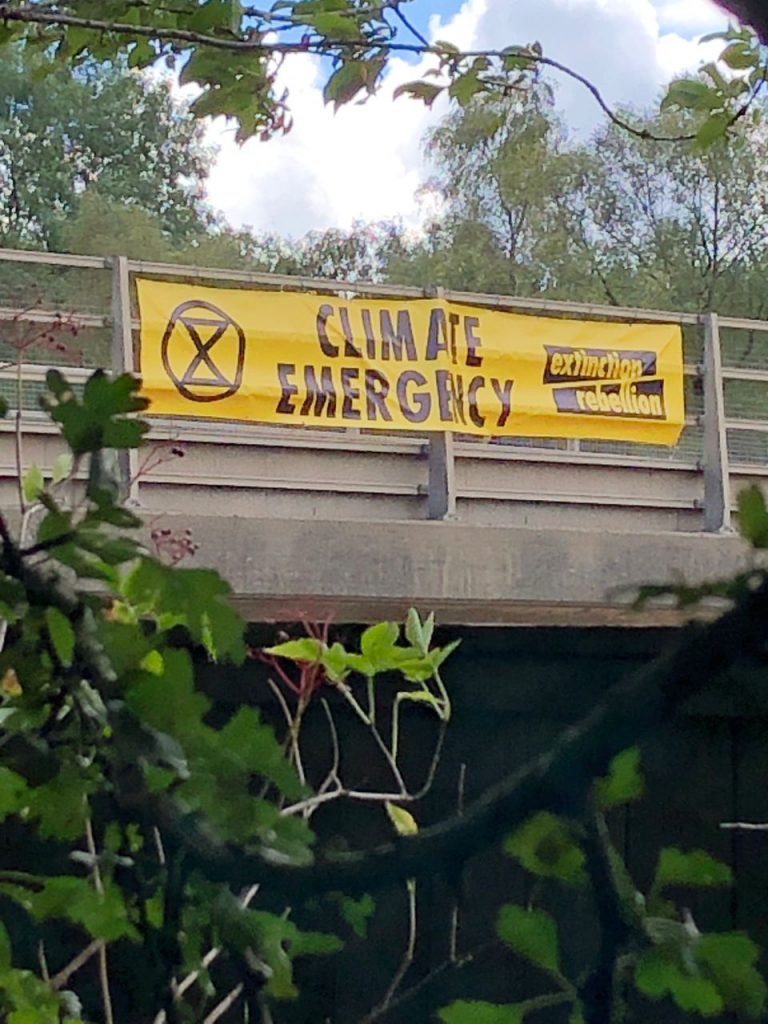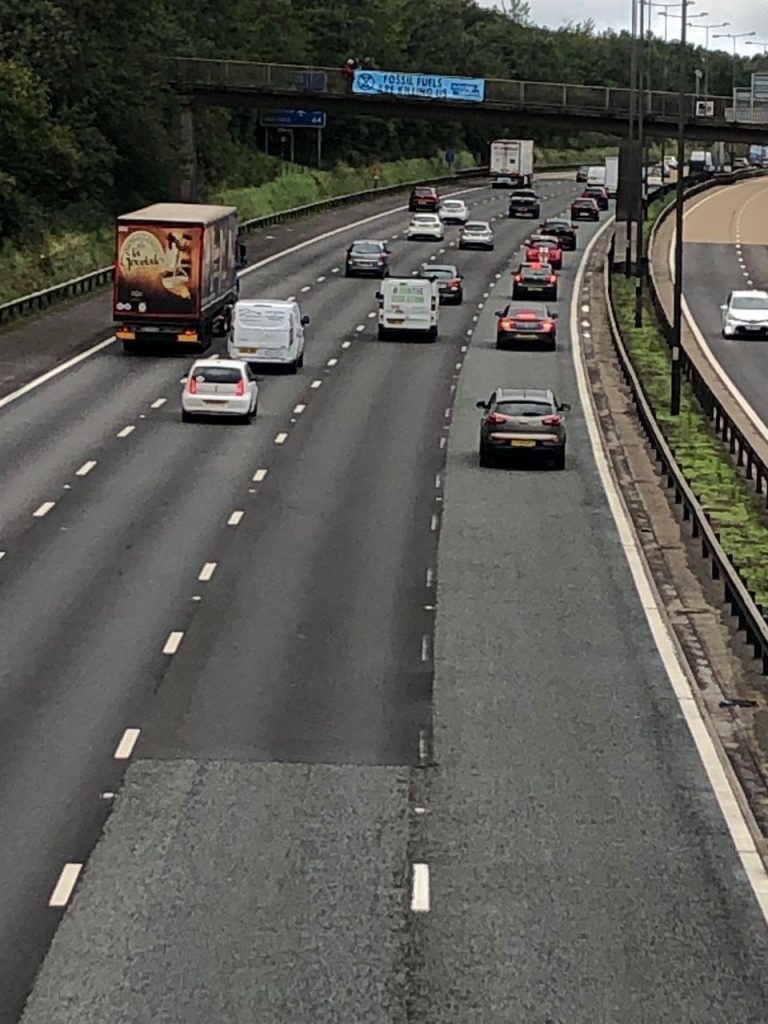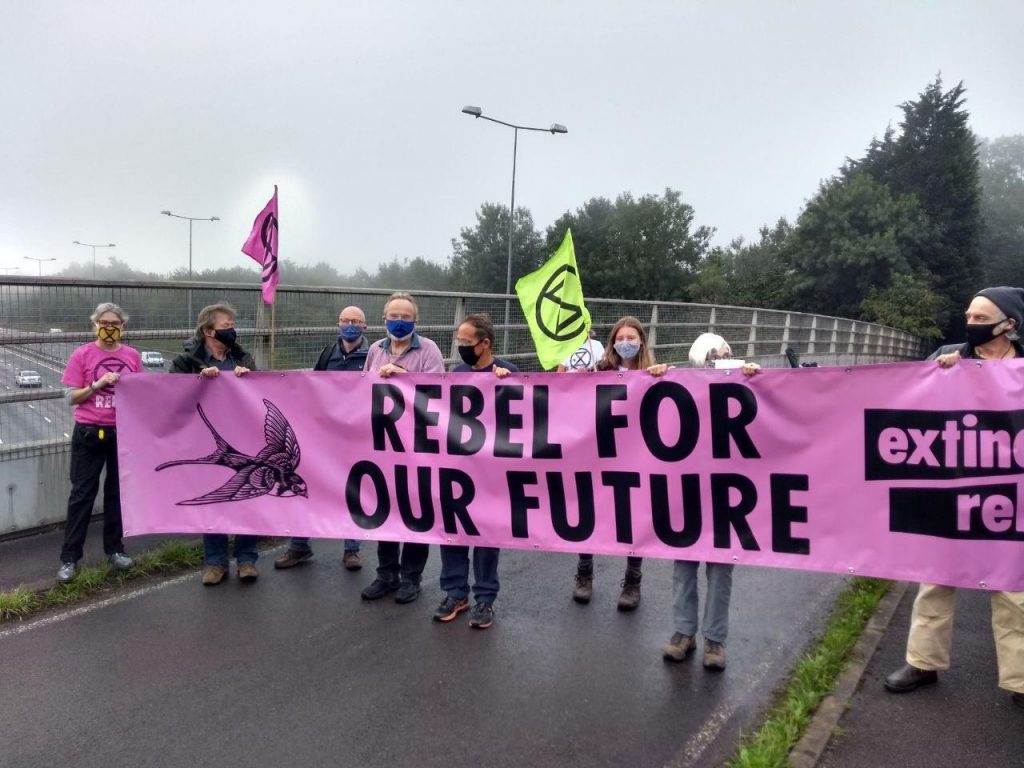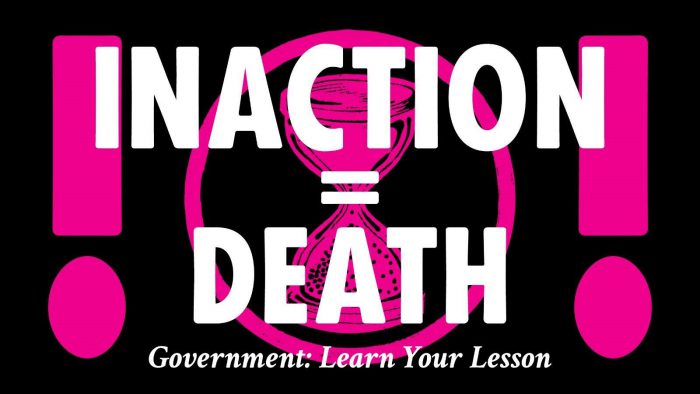BACKGROUND
Air pollution is one of the largest environmental risks to public health in the UK and contributes to shortening and reducing the quality of life for thousands. 40,000 deaths a year are estimated to arise from air pollution. Fine particulate matter (PM2.5) is widely understood to be the pollutant that is the most damaging to health and nitrogen dioxide has been identified by The European Environment Agency as the cause of 11,940 premature deaths in 2013 in the UK.
Air quality and climate change are intimately connected, with many common causes. Making major improvements to air quality will make an important contribution to reducing the threat of climate change.
Locally, data on air quality has until recently been limited to a small number of static monitors which measure nitrogen dioxide levels. Data on the levels of other pollutants can only be estimated based on readings from a number of monitoring stations which are outside the area and in some cases 75 miles away.. Data which is limited in scope, difficult to access and some of which is poor-quality hinders public awareness of air quality issues and limits corrective action.
The lockdown implemented as a consequence of Covid-19 presented a unique opportunity to measure air quality in favourable circumstances. Further programmes of measurement will establish the extent to which pollutants are increasing and in which local areas.
The onset of Covid-19 has raised the issue of air pollution to new heights with national and international studies to investigate the connection between nitrogen dioxide, PM2.5 and the transmission of coronavirus and the extent to which the recovery of Covid –19 patients is adversely affected by air pollution.
WHAT WE DID
Measuring air quality during Covid-19 lockdown (the period from mid-April to early May) provided a benchmark against which to assess the deterioration in air quality as the lockdown is eased. At that time, readings were made over twelve locations with three sets of readings taken per day (morning, lunchtime and late afternoon) at each location. Each set comprised an overall index and six main pollutants, giving 1700 pollutant readings in total. Three pollutants – nitrogen dioxide, PM10 particulates and PM 2.5 particulates were selected for detailed analysis.
The monitoring exercise was repeated during the week commencing 8th June. Fourteen locations were monitored i.e. three additional locations and one location replaced from the first set of measurements. The results of this exercise are reported here with 2050 readings, and compared with April/May results. The exercise was further repeated over the same fourteen locations in the week commencing 13th July and these results are reported here.
WHAT WE FOUND
https://drive.google.com/file/d/1bP-K1c_d0Bfo2oLfhMEwKBzsMOputYzi/view?usp=sharing
NITROGEN DIOXIDE AS A POLLUTANT
Compliance with Defra limits
The UK limits are measured in units of micrograms/cubic metre (µ/m3). Exposure is limited to 40µ/m3 on a yearly average and c.100 µ/m3 not to be exceeded more than 18 times per year. WHO advises guidelines of an annual mean of 40 micrograms/cubic metre and a 1 hour mean of 200 micrograms/cubic metre.
Health Impact
There is good evidence that nitrogen dioxide is harmful to health. The European Environment Agency reported that the UK had 11,940 premature deaths in 2013 from nitrogen dioxide. The most common short-term outcomes are respiratory symptoms such as shortness of breath and cough. Nitrogen dioxide inflames the lining of the lung and reduces immunity to lung infections such as bronchitis. Studies also suggest that the health effects are more pronounced in people with asthma compared to healthy individuals.
Sources
Road transport is estimated to be responsible for about 50% of total emissions of nitrogen oxides, which means that nitrogen dioxide levels are highest close to busy roads and in large urban areas. Diesel cars create more nitrogen dioxide. Gas boilers in buildings are also a source of nitrogen dioxide.
Prevention/Mitigation
Reducing traffic would make a major impact on nitrogen dioxide levels. Travel by petrol/diesel car should become the last option for travel after working from home, walking and cycling, electric bikes and cars, and public transport. HGV vehicles are a major source in town centres. Out of town offloading centres with last mile delivery to locations by low emission vehicles would reduce this source.
Energy efficient housing stock, heated by local heat pumps replacing gas boilers, would reduce the levels of this harmful pollutant.
PM 10 AS A POLLUTANT
Compliance with Defra limits
An annual mean of 40 micrograms/cubic metre, together with levels not to exceed 50 micrograms/cubic metre more than 35 times a year. WHO advises guidelines of an annual mean of 20 micrograms/cubic metre and a 24 hour mean of 50 micrograms/cubic metre.
Impact of pollutant
PM10 particles can settle in the airway and deep in the lungs and cause health problems. The health effects of particle air pollution have been widely studied, and include premature death and the worsening of heart and lung disease, often increasing admissions to hospital.
In 2008, the UK’s Committee on the Medical Effects of Air Pollutants reported that the loss of life from particulates is equivalent to 29,000 deaths. More recently studies are investigating the possible link between poor air quality and outcomes such as low birth weight infants and neurological health.
Sources of pollutant
Particles originating from road traffic include carbon emissions from engines, small bits of metal and rubber from engine wear and braking as well as dust from road surfaces. Others include material from building and industry
Wood burning and fires are a source of PM10 particles, as are agricultural emissions where ammonia is converted into particles of ammonium salts. Nitrogen dioxide also reacts with hydrocarbons in the presence of sunlight to create ozone, and contributes to the formation of particulates.
Whilst nitrogen dioxide is predominantly local, particulates such as dust, pollen, sea salt, sand and soil can be carried by the wind and therefore some of the source are national and international.
Ways to improve air quality
Reducing traffic would make a major impact on PM10 levels. Travel by petrol/diesel car should become the last option for travel after working from home, walking and cycling, electric bikes and cars, and public transport. HGV vehicles are a major source in town centres and therefore out of town offloading centres with last mile delivery to town locations by low emission vehicles would remove this source.
Public education on the adverse health impact of fires and wood burning would reduce particulate levels.
Manure management techniques such as those practiced in the Netherlands have been shown to reduce particulates. Local farming practices on manure management should be investigated for areas of improvement.
PM 2.5 AS A POLLUTANT
Compliance with Defra limits
The UK limit for PM 2.5 particulates is an annual mean of 25 micrograms/cubic metre. WHO advises guidelines of an annual mean of 10 micrograms/cubic metre and a 24 hour mean of 25 micrograms/cubic metre. The UK’s Clean Air Strategy should take us a substantial way towards achieving the WHO guideline level for PM2.5 across the country by 2030.
Health impact
PM 2.5 particles can easily work their way into human lungs, bloodstream, brain and other organs which can trigger asthma attacks, allergic responses, heart attacks and stroke.
.
The health effects of particle air pollution have been widely studied, and include premature death and the worsening of heart and lung disease, often increasing admissions to hospital. In 2008, the UK’s Committee on the Medical Effects of Air Pollutants reported that the loss of life from particulates is equivalent to 29,000 deaths. More recently studies are investigating the possible link between poor air quality and outcomes such as low birth weight infants and neurological health. Healthy Surrey states on its website “If we can reduce fine particulate air pollution in England by just 1ug/m3, this could prevent many tens of thousands of cases for coronary heart disease associated with fine particulate air pollution. By 2035, there is strong evidence that this will rise to nearly 350,000 cases”.
Particles originating from road traffic include carbon emissions from engines, small bits of metal and rubber from engine wear and braking as well as dust from road surfaces. Others include material from building and industry and agricultural emissions where ammonia is converted into ammonium salts particles.
In the UK, there are reported to be 1.5 million wood burning stoves in use, with around 200,000 more sold each year. The use of wood in domestic combustion activities accounted for 38 percent of PM2.5 emissions in 2018. Most of these stoves are for pleasure, not for heating.
Whilst nitrogen dioxide is predominantly local, particulates such as dust, pollen, sea salt, sand, soot and soil can be carried by the wind and therefore some of the source is not local.
Ways to improve air quality
Reducing traffic would make a major impact on PM10 levels. Travel by petrol/diesel car should become the last option for travel after working from home, walking and cycling, electric bikes and cars, and public transport. HGV vehicles are a major source in town centres and therefore out of town offloading centres with last mile delivery to town locations by low emission vehicles would remove this source.
Public education on the adverse health impact of fires and wood burning, and in particular the impact on health of wood burning stoves would reduce particulate levels.
Manure management techniques such as those practised in the Netherlands have been shown to reduce particulates. Local farming practices on manure management should be investigated for areas of improvement.


